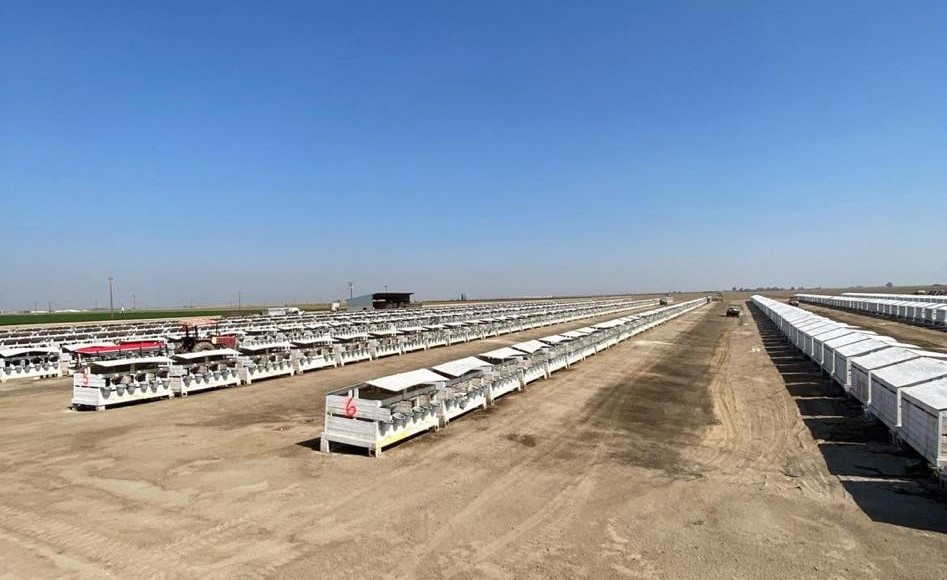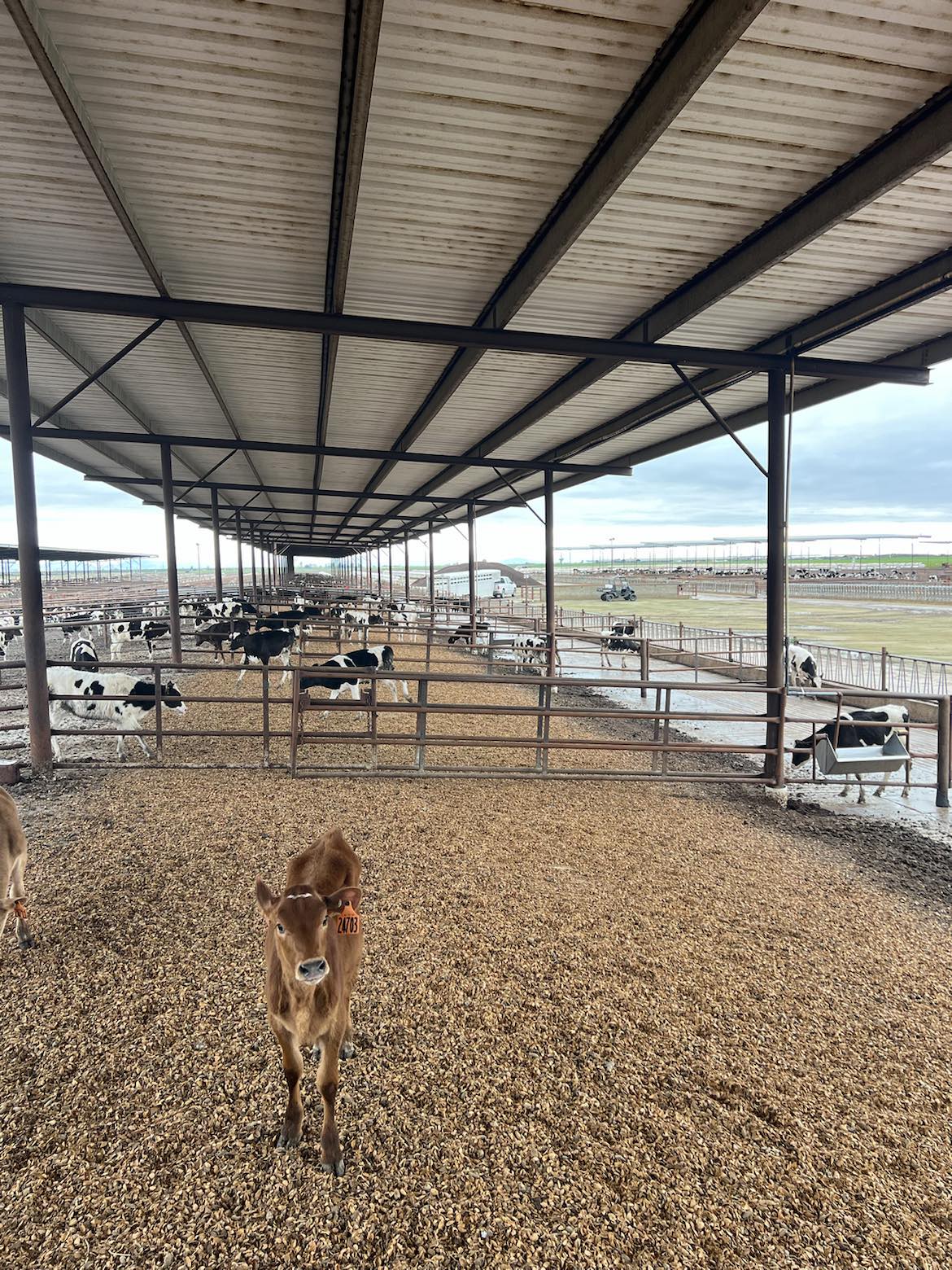Cows today are evolving to be more productive and profitable, so it makes perfect sense that today’s herd management tools have also evolved—allowing the producer to better manage overall herd and individual cow performance.
According to Taliah Danzinger, senior manager of dairy intelligence with VAS, when we can know more about the cow and everything impacting her performance, we can effectively manage her to achieve more.
“Innovations in data collection and analysis over the last 40 years have made it easier to understand what’s happening on the farm and how a cow performs,” Danzinger says.
More Can Be Done with Calves
While many producers have really honed in on technology and data with their mature cow herd, more can be done with calves.
“Calves often get overlooked because they are located away from the main part of the dairy where the parlor, office and cows are at,” Danzinger says, adding that technology can help overcome that barrier. “We can set up different accounts for mobile users, so any employee can enter calf data when feeding calves.”
Data collected on calves and heifers—like illnesses and management—can help producers analyze and anticipate lifetime and production potential.
“We have so much to gain from tracking data on our calves and heifers, and it has never been easier,” Danzinger says. “With mobile cowside technology, or in this case, calfside, we can capture data on the fly and use it for long-term tracking.”
Danzinger shares that data from birth through the heifer stage can be used in a variety of ways, including:
- Setting goals for how many health events are acceptable for a calf and creating a plan to reach that goal.
- Managing inventory to determine who is best to keep in the herd based on performance data.
- Building a breeding program around the data that influences breeding, including market prices for calves and heifers, culling rate in the herd, and desired age at first calving.
- Assessing first lactation performance to evaluate how calfhood events influence lactation production and potential.
Clearly defined data collection parameters act as a safeguard against inconsistencies and inaccuracies in your calf data over time. Danzinger advises dairies to first define what constitutes a disease and the associated protocols. For example, what qualifies a calf as experiencing scours? It might differ from one farm to another.
“How Does Casa Blanca Calf Ranch Streamline Calf Data with Mobile Solutions?”
Steve Andrade, manager of Casa Blanca Calf Ranch in Tipton, Calif., shares that incorporating technology six years ago to help manage their 6,500 calves has been a game changer.
“I used to walk around with a clipboard and spend half my time in the office entering data in the computer,” he says. “Now, 95% of my time is spent outside working with our employees and calves thanks to VAS’ Pocket CowCard, cattle scan and EID tags.”

According to Andrade, incorporating technologies at the calf ranch has helped keep inventories straight.
“Every time an animal is moved, scans are occurring,” he says. “So, our inventories are up-to-date and accurate now more than ever before.”

Streamlining the process has helped Andrade evaluate the effectiveness of protocols and treatment. For example, calves are scanned, and that data is instantly recorded into the computer system when calves have all illnesses, including pinkeye.
“All animals are scanned and all that information, including treatment, is on the computer,” Andrade says. “You can actually see how many animals you treated and at what time. I can look at what the percentage of pinkeye we had last year and if we switch vaccines, we can see if it was more or less effective and truly understand its benefit.”
Plus, Andrade can monitor additional data like weather events which become obvious when looking at year-over-year data, as they are likely to treat more calves for health incidences when severe rain comes to the central valley.
The method that Andrade goes by is the KISS method—keep it stupid simple – which with the help of technology, is exactly what he and his team at Casa Blancha are able to accomplish.
“Pocket CowCard, handheld scanners and EID tag are by far leaps and bounds more efficient than any other kind of technology in the dairy industry,” he says.
Casa Blanca currently has calves coming in from nine different dairies, including two of their own.
Danzinger shares that the best way producers can take advantage of their data is to lean on the people surrounding their dairy.
“Your management team, trusted advisors and data experts, and the tools built to make data management easier should all work together for your success” she says.
Andrade says he has found outside teams, like VAS, to be invaluable as they encourage him to pilot new technology and have provided solid support throughout his time using the technologies.
Producers have embraced technology for their mature herd, and now more dairies and calf ranches are exploring how to use it to streamline management for the youngest members of their herd – calves and heifers. The data collected pays off in more ways than one, providing a roadmap to more informed management decisions that lead to healthier, more profitable animals down the line.


